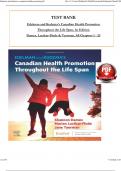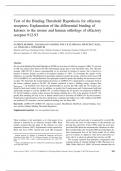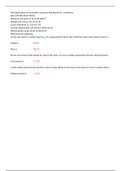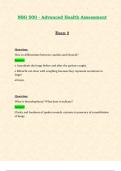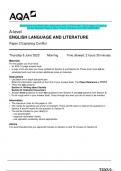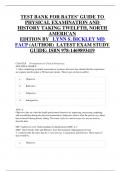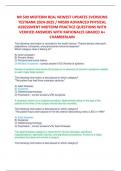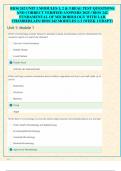Tentamen (uitwerkingen)
TEST BANK For Edelman and Kudzma's Canadian Health Promotion Throughout the Life Span, 1st Edition by Dames, Luctkar-Flude & Tyerman, Verified Chapters 1 - 25, Complete Newest Version
- Vak
- Instelling
- Boek
TEST BANK For Edelman and Kudzma's Canadian Health Promotion Throughout the Life Span, 1st Edition by Dames, Luctkar-Flude & Tyerman, Verified Chapters 1 - 25, Complete Newest Version TEST BANK For Edelman and Kudzma's Canadian Health Promotion Throughout the Life Span, 1st Edition by Dames, Luc...
[Meer zien]
